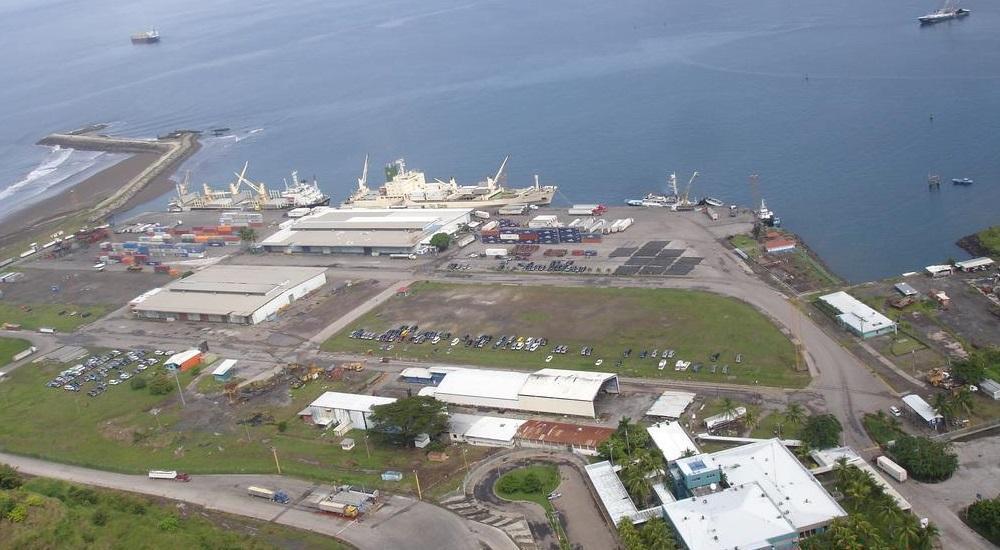Early in July El Salvador and Costa Rica announced that both countries were ready for Central American Ferry to start operations, establishing urgent needed alternative route for imports and exports between the ports of La Union and Caldera.
The option of Central American ferry came as the solution for region's commerce since the crisis in Nicaragua generated large losses in exports.

Image: Port of Puntarenas (Puerto Caldera, Costa Rica)
In July, authorities revealed that both governments had made the effort to provide the conditions and facilities for ferry's operation. They also commented it would be up to interested companies to coordinate with concessionaires in order to define the activation of the maritime route.
However, nearly a month later, the ferry run aground and the expectation to start operations on August 17 looks unlikely. Shipping parties are interested in offering the service, but complained on the excess of migratory, sanitary, customs and port procedures as well as the lack of clear electronic system in both Costa Rica and El Salvador. The excess of procedures would result in long delays at the ports and also affect the logistic in the merchandise's delivery.
The Central American ferry could carry as many as a hundred container trucks. Initially it was expected to operate 2 services per week and would also bring down the costs of goods since it would bring down transit time by close to 3 days from Guatemala and El Salvador.